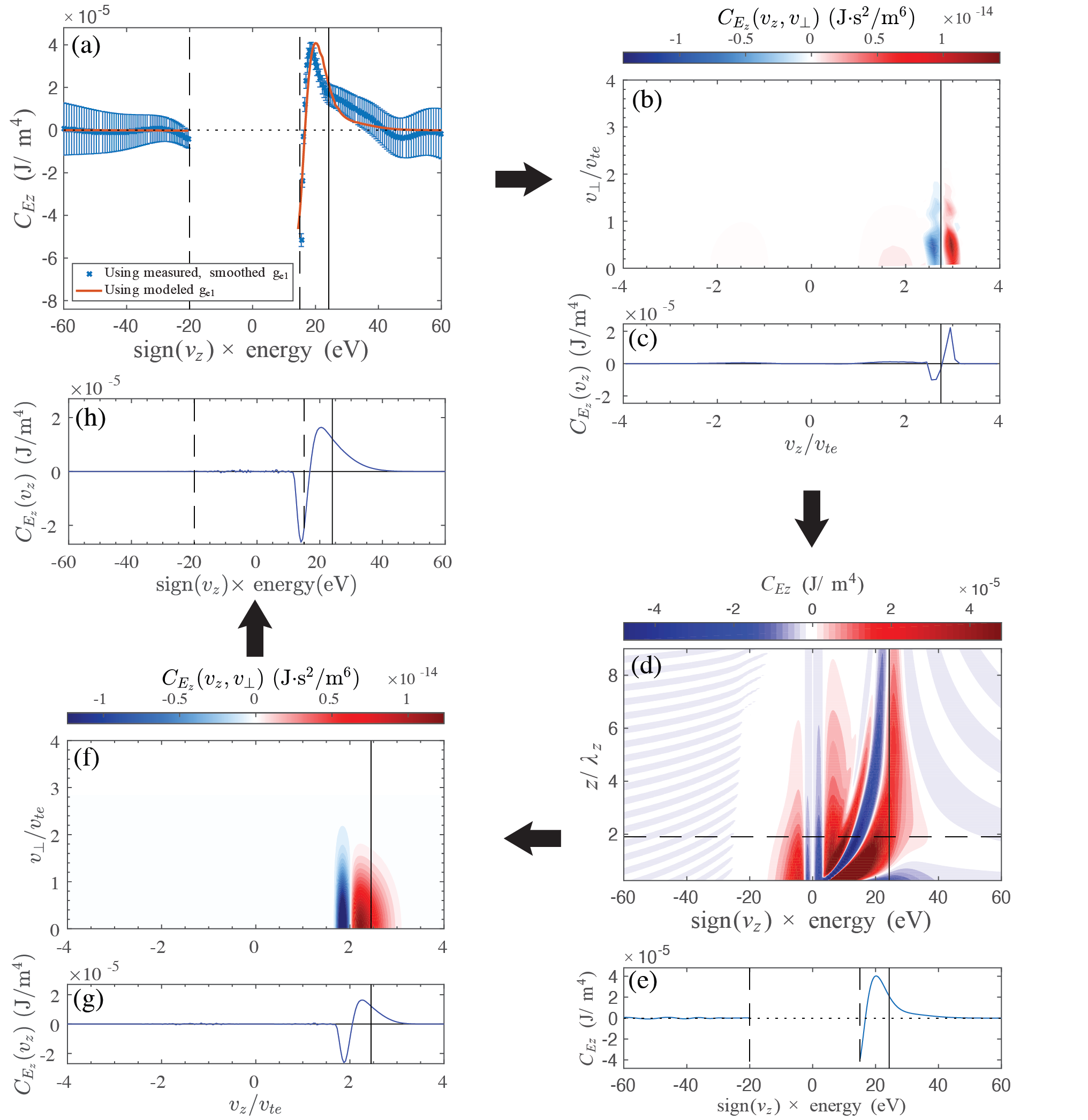Auroral Electron Acceleration
Here we describe the results in our recent paper in Nature Communications 12:3103 (2021),
Laboratory measurements of the physics of auroral electron acceleration by Alfven waves
The paper has also been featured as an Editor's Highlight for Nature Communications in the research area of “Astronomy and Planetary Science.”
What Did We Actually Do?:
Measuring the Physics of Auroral Electron Acceleration in the Laboratory
Although observations from a number of sounding rocket flights and spacecraft missions have provided strong evidence in support of the theory of the acceleration of auroral electrons by Alfven waves, spacecraft measurements alone have not been able to provide definitive measurements of the accelerated electrons and the Alfven wave that accelerated those electrons. Such inherent limitations of spacecraft measurements can be overcome by performing experiments in the laboratory. In the Large Plasma Device (LAPD) at UCLA's Basic Plasma Science Facility, a national collaborative research facility supported jointly by the US Department of Energy (DOE) and National Science Foundation (NSF), a group of researchers from the University of Iowa, Wheaton College (IL), and UCLA launched Alfven waves under conditions corresponding to the Earth's auroral magnetosphere and directly measured the acceleration of electrons, in agreement with the proposed physics of auroral electron acceleration.
Although the length and time scales of the laboratory experiment are vastly different from those in Earth's magnetosphere (tens of meters and a few microseconds in the laboratory compared to tens of thousands of kilometers and tens of seconds in the magnetosphere), the research team exploited a powerful approach known as similarity analysis to accomplish this verification of the physics of the auroral electron acceleration. In this approach, an appropriate combination of these different dimensional scales yields a small set of dimensionless numbers that are the same in both the experiment and the magnetosphere. The physical behavior can be shown to depend only on the values of these dimensionless numbers, independent of the absolute length and time scales of the system, and so with appropriate scaling the LAPD experiment can probe the physics of electron acceleration in space. The most important dimensionless number for the physics of Alfvenic electron acceleration is the ratio of the Alfven wave speed to the thermal speed of the electrons, having a value of about 3 at an altitude of 16,000 km (or 10,000 miles) in the Earth's auroral magnetosphere. The LAPD is a 20 meter long, 1 meter diameter cylindrical vacuum chamber wrapped in water cooled electrical coils that generate a sufficiently powerful magnetic field to achieve the very high Alfven speeds needed to achieve that desired ratio of 3.

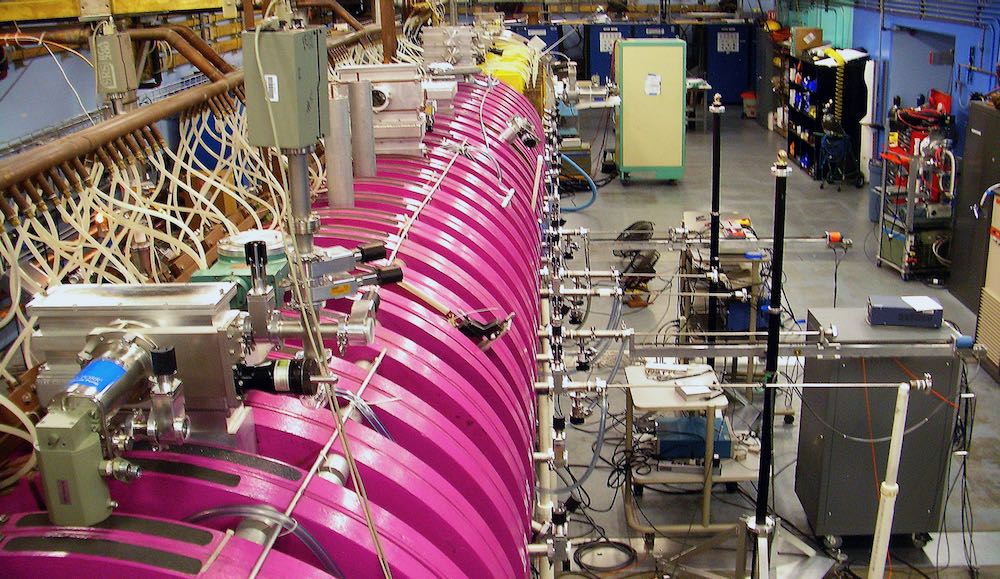
In addition to the unique experimental conditions made possible by using the LAPD, the research team developed a number of cutting-edge instruments and techniques needed to measure the Alfven-wave-accelerated electrons successfully. First, the University of Iowa team developed and constructed a Whistler Wave Absorption Diagnostic capable of measuring the very small population of accelerated electrons at a sensitivity of better than one in a thousand. Second, the team devised and built a new type of electromagnetic probe, the Elsasser probe, capable of measuring both the electric and magnetic fields at the same position. Third, the team designed a high-power antenna for launching Alfven waves with a sufficiently small waveform across the magnetic field to yield effective electron acceleration. Finally, the team exploited the recently developed field-particle correlation technique to combine the electric field and electron measurements into a unique velocity-space signature that can be used to verify definitively the sought-after physics of electron acceleration. The invention, development, testing, and refinement of these critical instruments essential to the experiment was supported by the NSF/DOE Partnership in Basic Plasma Science and Engineering program and involved the training six graduate students and postdoctoral researchers who have gone on to permanent positions as faculty members or research scientists at universities and research institutes around the United States.
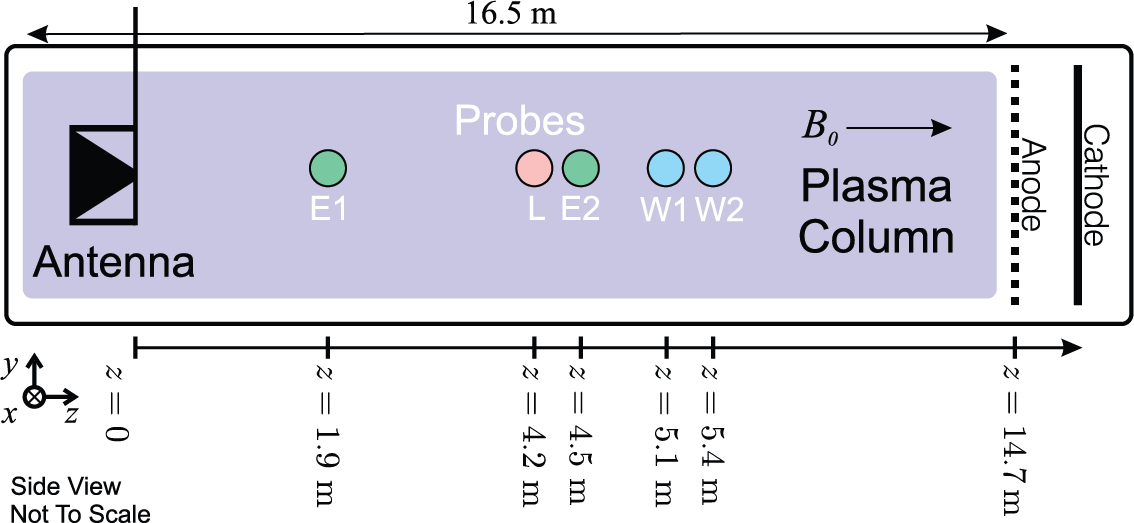
With all of these critical elements in place, the research team prepared the LAPD facility to reproduce the plasma conditions of strong magnetic field and low electron temperature that are relevant to the auroral magnetosphere. The magnetic field coils were tuned to generate a strong magnetic field of 0.17 Teslas (about 3500 times stronger than the Earth's magnetic field in Los Angeles) down the axis of the cylindrical LAPD chamber. Once per second, a high-power capacitor bank is fired to fill the LAPD chamber with a plasma having an electron temperature of 4 electron Volts (eV), or approximately 45,000 degrees Celsius, a relatively low temperature compared to that typical of space plasmas. With this experimental set up, the key ratio of the Alfven wave speed to the electron thermal speed achieved in the experiment was 2.9, corresponding to the conditions at an altitude above the Earth's surface of about 16,000 km, or 10,000 miles.
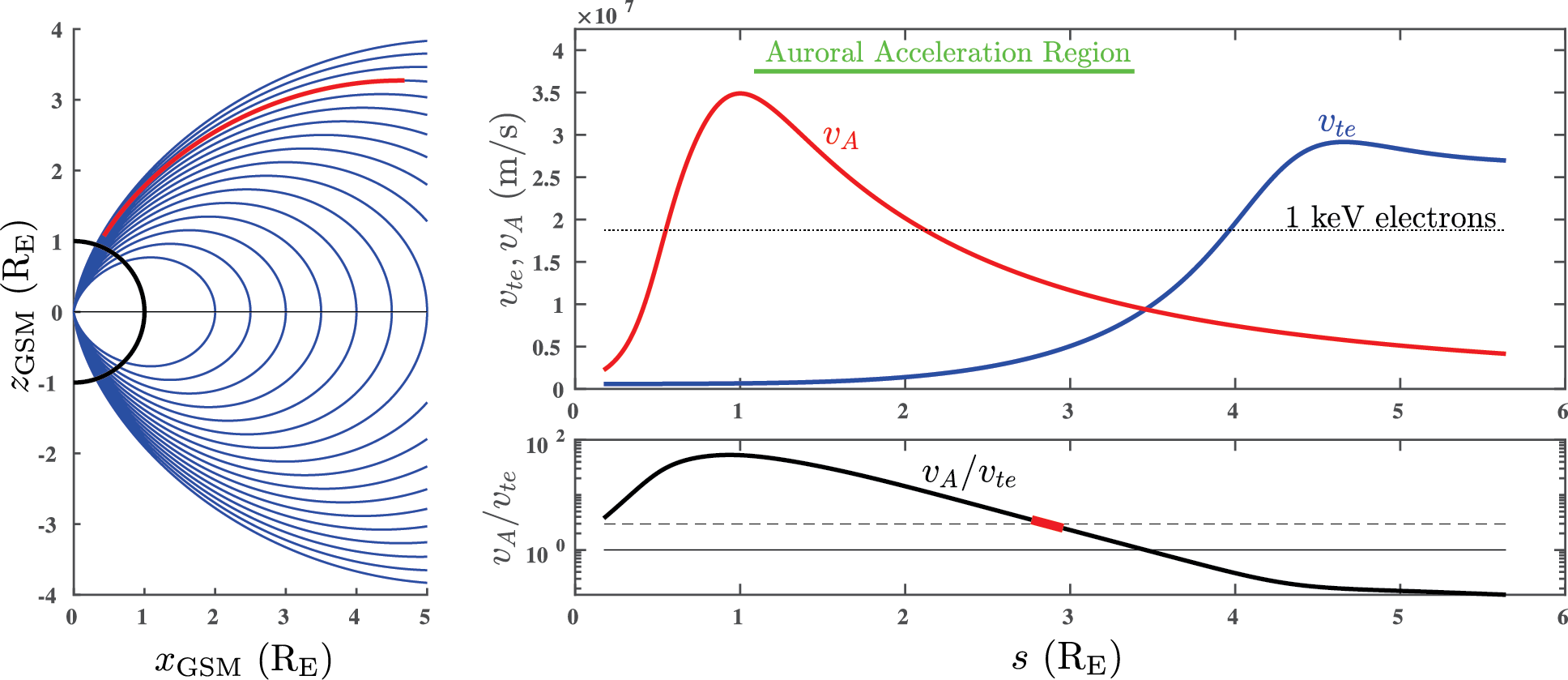
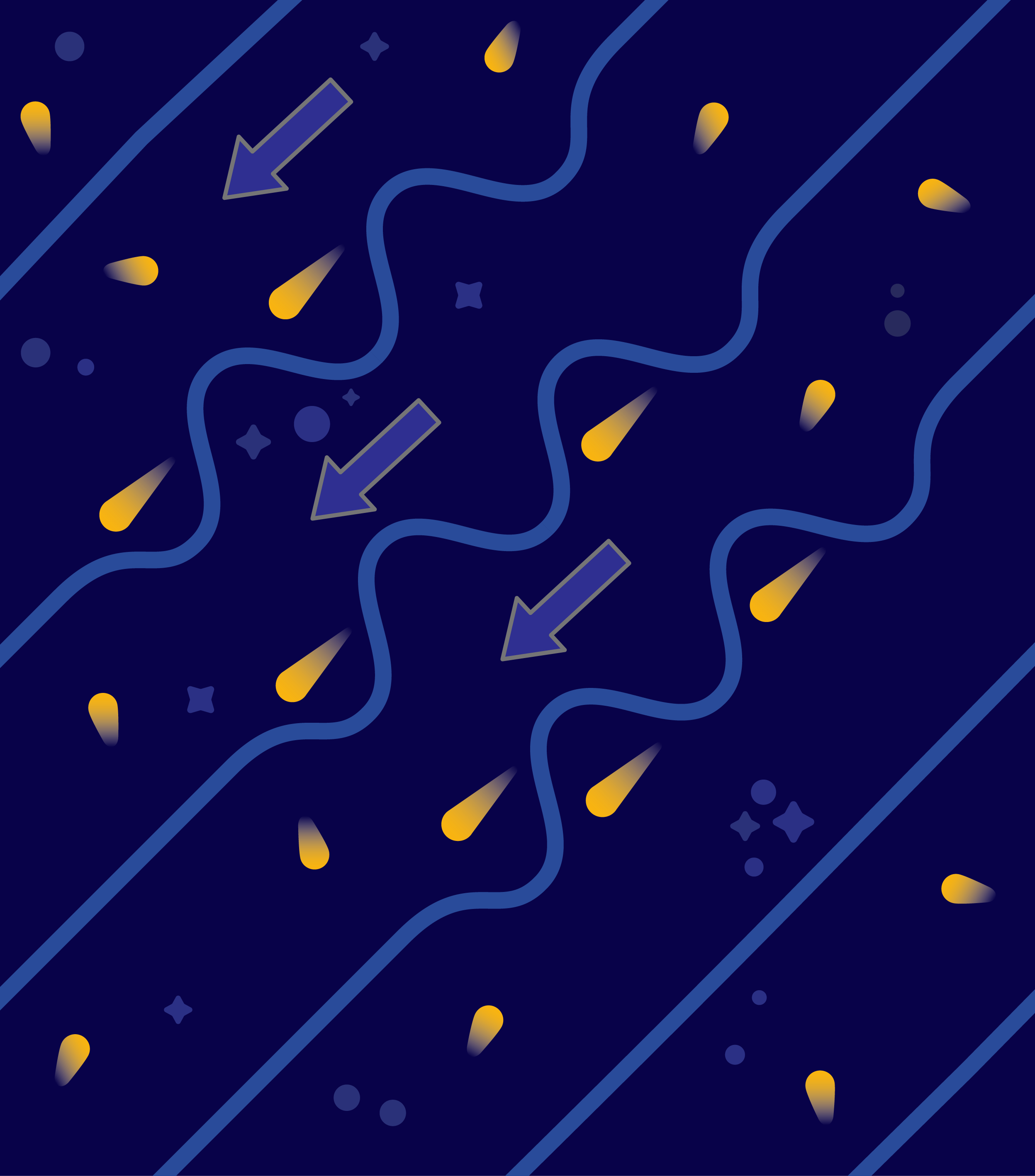
Using the specially designed high-power Sigma antenna, the team launched Alfven waves down the axis of the LAPD chamber, along the strong magnetic field. As those Alfven waves traveled down the length of the LAPD chamber, the electric field of the wave interacted with the electrons in the plasma. How that wave electric field affects the electrons depends strongly on each electron's velocity. The full population of electrons in the plasma move up and down the magnetic field with a range of speeds, characterized by the plasma temperature. A very small fraction of those electrons (less than one in a thousand) are moving down the chamber at nearly the same speed as the wave. Such electrons can undergo a resonant interaction, continually being accelerated by the electric field of the Alfven wave as they move down the experimental chamber with the wave. The physics of resonant acceleration is essentially the same as a surfer paddling quickly to catch a wave. If the surfer can paddle at nearly the speed of the wave, the surfer can catch the wave. The wave will accelerate the surfer, allowing to surfer to stay with the wave and continue to be accelerated, also a resonant interaction. In physics, the resonant acceleration of electrons by the electric field of a traveling wave is a phenomenon discovered in 1946, known as Landau damping. Thus, the primary aim of the LAPD experiment was to measure directly the acceleration of the electrons by the Alfven wave.
Five meters down the LAPD chamber from the antenna, the research team measured the electric and magnetic field variations using the Elssaser probe on a plane across the cylindrical chamber. Nearby, the Whistler Wave Absorption Diagnostic measured the number of electrons over the expected range of velocities for the resonant acceleration by the Alfven waves. The newly developed field-particle technique was used to combine these measurements of the electric field and the electrons to generate a characteristic signature of the acceleration of the electrons versus their velocity. Using numerical simulations and analytical modeling, the researchers showed that this measured experimental signature of the electron acceleration agreed with the predictions from kinetic plasma theory, confirming that they had succeeded in measuring the proposed acceleration of electrons by Alfven waves under conditions corresponding to Earth's auroral magnetosphere.
